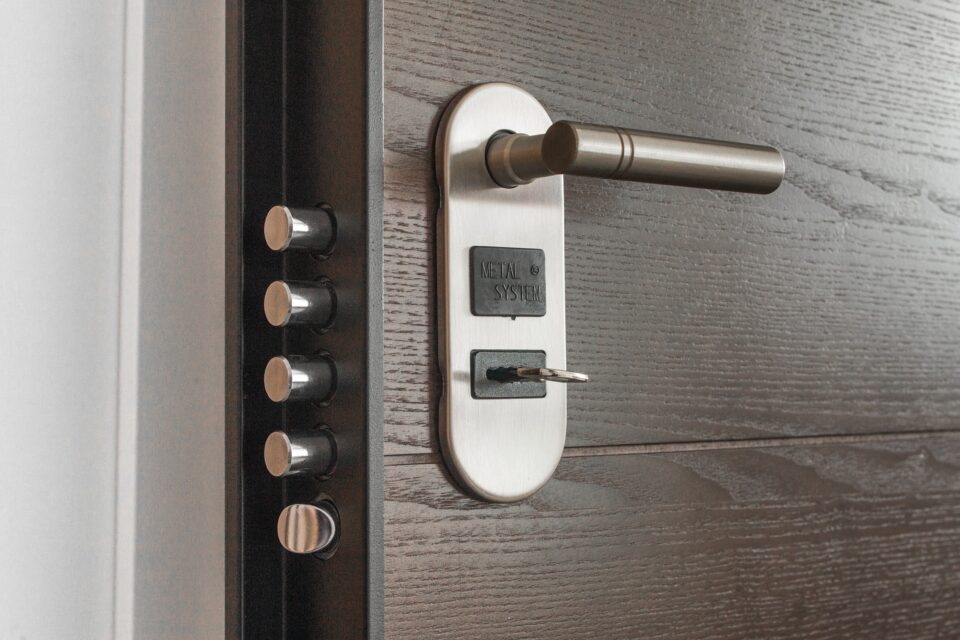There is a common misconception that security and privacy are implicitly at odds with each other, but the relationship between these two concepts is far more complex. After all, without adequate security, there is no way to guarantee privacy. Businesses don’t need to sacrifice one for the other. Instead, they should focus on how to create systems that uphold both.
Changing Standards for Privacy
Not too long ago, most security industry experts believed that the onus for maintaining privacy should be on consumers. More recently, though, those standards have shifted. Now, the General Data Protection Regulation (GDPR) and other privacy laws have placed the responsibility for maintaining privacy on businesses.
Some business owners find themselves frustrated by the rules and regulations they must follow to keep consumers’ sensitive information private. However, a failure to comply with industry standards won’t just lead to potential fines. Businesses that experience data breaches or are unable to provide adequate physical security will also suffer reputational damage.

The Problem with Legacy Systems
Earlier generations of security technology failed to balance security against privacy. Video surveillance, for example, caught not just perpetrators of crime on tape but also innocent bystanders. Physical access control software didn’t always come equipped with effective cybersecurity measures.
These oversights may have been acceptable at the time, but that’s no longer the case. Security systems that feature legacy software and equipment won’t be able to provide the level of privacy protection today’s consumers want and deserve, nor will they offer sufficient protection to businesses. Legacy cameras and other hardware can become easy access points for cybercriminals, and older security software rarely features full, end-to-end encryption, multi-factor authentication, and other data protection measures.
Leveraging Technology to Improve Privacy
Today’s more advanced technologies offer opportunities for increasing privacy without sacrificing building security. One great example is that of modern video cameras that utilize artificially intelligent software to blur out the faces of passersby so police and other third parties that have reason to view the footage won’t be able to see anyone but the person of interest. The same software solutions can also be set up to notify security personnel of potential threats without causing breaches of privacy for customers or members of the public who happen to be present.
Technology’s role in upholding consumer privacy goes beyond the realm of physical security. After all, the line between physical and cyber security has become increasingly blurred in recent years. Now, advanced surveillance and access control software is designed not just to provide maximum assistance for physical security teams but also protection against hackers and other cybercriminals who could otherwise gain access to and exploit sensitive consumer data.
Unified Security Technology Offers Privacy Protection
If a business is only going to do one thing to improve its consumer privacy practices, the best step to take is to switch to a unified security system. Eliminating legacy hardware can reduce the risk of unauthorized network access and subsequent data losses, and switching to more advanced surveillance software allows companies to anonymize video data. Taking advantage of a fully unified security solution is the most cost-effective way to guarantee privacy without compromising safety.

